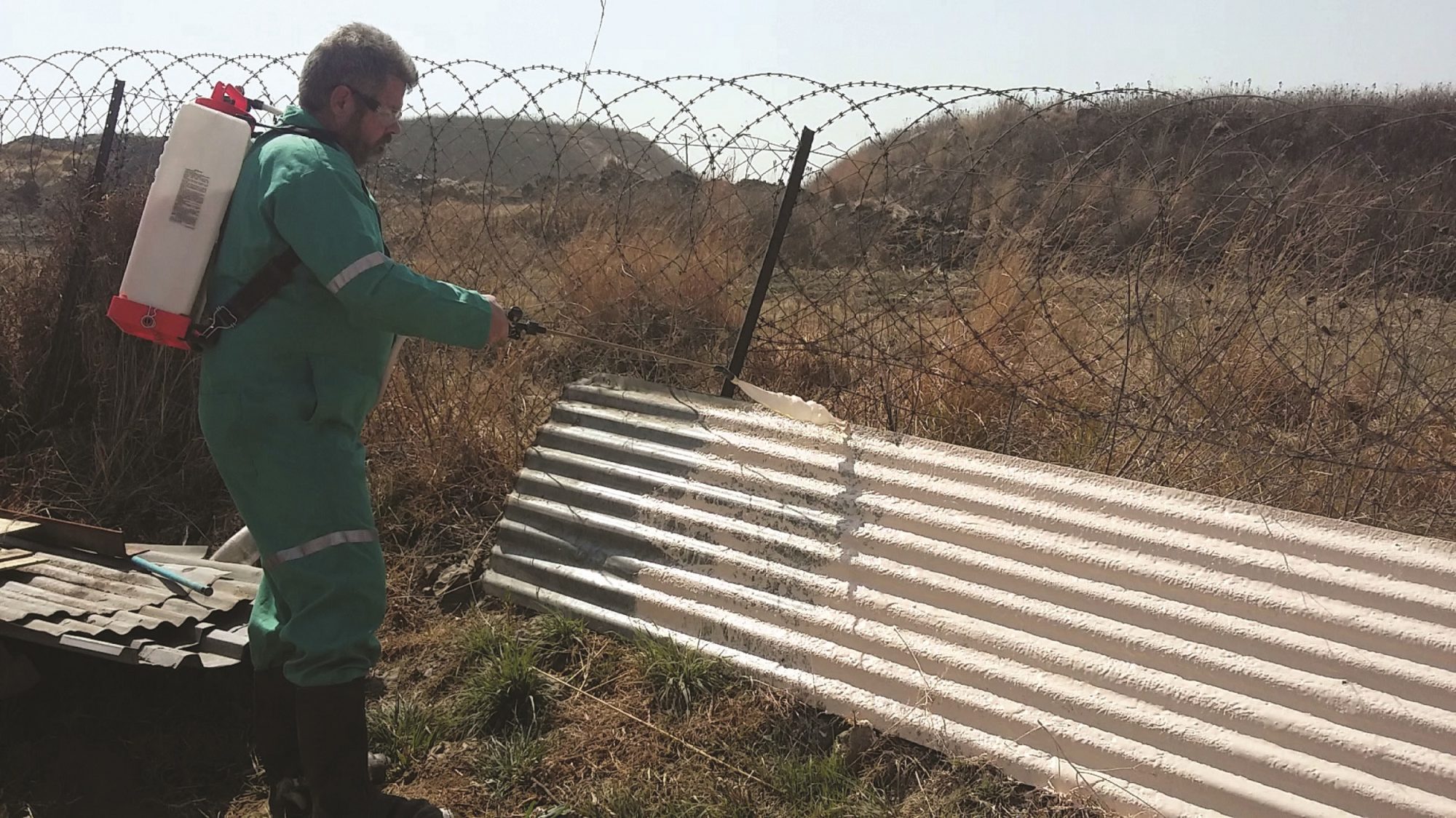Developed to assist coal mines to seal their ventilation walls and air-crossings, the CHRYSO® Vent Block Sealer can, in fact, seal any porous substrate quickly and cost-effectively, the company says.
The styrene acrylic copolymer sealer efficiently addresses the challenge of hollow blocks and joints in the walls, according to CHRYSO.
With its continuous product development of value-added solutions, CHRYSO responded to the coal mining industry’s need to address ventilation wall leakage, according to the company’s new Business Manager, Frans Bakselerowicz.
“The conventional use of a bitumen emulsion paint-on application product had proved to be very labour-intensive and costly,” Bakselerowicz said. “By contrast, the CHRYSO Vent Block Sealer is an easy spray-on product, using a knapsack pump which does not need any compressed air to spray. This allows its application even in back areas of a mine, where there are no electrical and compressed air services available.”
The ventilation walls in a mine are usually made of concrete hollow blocks, clay bricks and corrugated iron sheets. However, he emphasised any porous substrate can be sealed, as it can bridge gaps of up to 1 mm in magnitude.
Any larger crack or hole can be repaired with a.b.e. paintable flashing tape and then sprayed over, according to the company. In high-leakage areas, a second coat can be applied if required.
“Among the advantages of CHRYSO Vent Block Sealer is that it is easy to use, and does not require specialist skills,” Bakselerowicz said. “As a non-flammable product – in other words it does not sustain flames – it is ideal for use in coal mines and other potentially hazardous areas.”
The sealer is non-toxic, requiring only minimal PPE – goggles, gloves and overalls. Adhesion properties are excellent, according to the company, and it dries quickly in 30-45 minutes, above ground, and two hours, underground.
“Being water soluble makes for easy cleaning of equipment, and its cream colour allows users to immediately identify which areas of the grey ventilation walls have been treated,” the company concluded.











